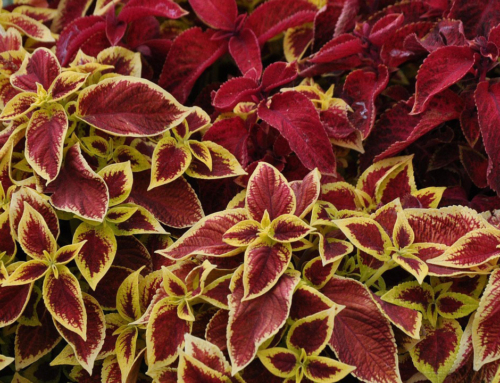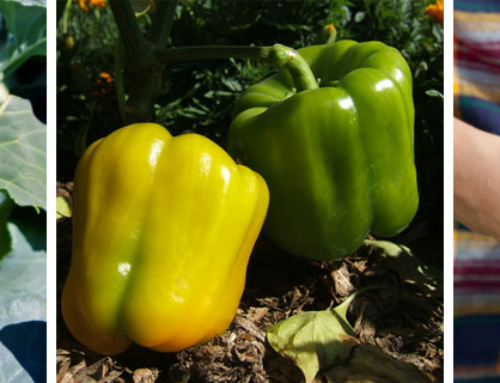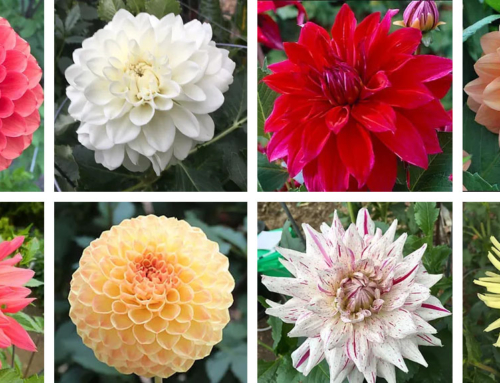Herbs have always had an air of mystery surrounding them. They have been used for food and flavoring; for their aroma, for cosmetics, and for dyes, but the oldest uses seem to be medicinal. While the earliest known systems of medicine in the world are those of China, India, and ancient Egypt, let’s flash forward to the cloistered gardens of the middle ages.
The great repositories of learning in medieval Europe were the monasteries where literature was nurtured and manuscripts were dutifully copied. A few of the monks, however, were writing down their observations and thoughts on gardening. Meanwhile, Chinese herbalists had noticed that plants and their parts could be extrapolated to humans, (for example, ginseng roots resembled a human figure). They concluded that these were signs of a medicine that could enhance human health. The “Doctrine of Signatures”evolved in numerous dissimilar cultures at that time. In short, it was thought that a plant’s appearance contained clues to its medicinal benefits.
This doctrine was extremely popular in 15th century England. Some scholars believed that the sole purpose of plants was to serve man, the only trick was to determine what they were good for. God had left clues in the shape or coloring of a plant to indicate it’s medicinal value. If a plant had lung shaped leaves, it must be meant to cure diseased lungs!
The early colonial days in America marked what would perhaps be the heyday of herbal healing. At the same time, there was a concurrent unfolding of scientific advances that would end their prominence in established medicine. And, having gone full circle, here we are; in the early years of the 21st century where, according to one expert at least 25% of the prescriptions dispensed by the modern day pharmacy contain active ingredients from plants!
Less “mysterious” are the uses of herbs beyond the medical arena. What all of these plants have in common is an unusual concentration of oil glands in their leaves. Their resulting taste and smell is assumed to be a way the plants defend themselves against grazing herbivores. Books on the culinary uses of herbs abound but less frequently do we come across info on their fragrant uses. Herbs were scattered on dirt floors to let smells swirl up when trod upon (a great feature in homes where animals sometimes lived downstairs). Recipes for hair rinses, lotions, moth repellents ad infinitum were once commonly available. Even now, our wood polish smells like lemon and our toothpaste is minty.
Herbs provide colors as well; black walnut, indigo blue, saffron yellow, bloodroot orange, geranium purple, the list goes on. Herbs were also used for “landscaping purposes”during medieval times. The formal and intricate knot gardens could be viewed from atop castle turrets.
The plants we call herbs come from all corners of the earth. They are plants of the ages, their scents leaving trails through centuries of human use. You can grow them for their history, intriguing smells and delightful forms.
By Deb Revier, Hennepin County Master Gardener




